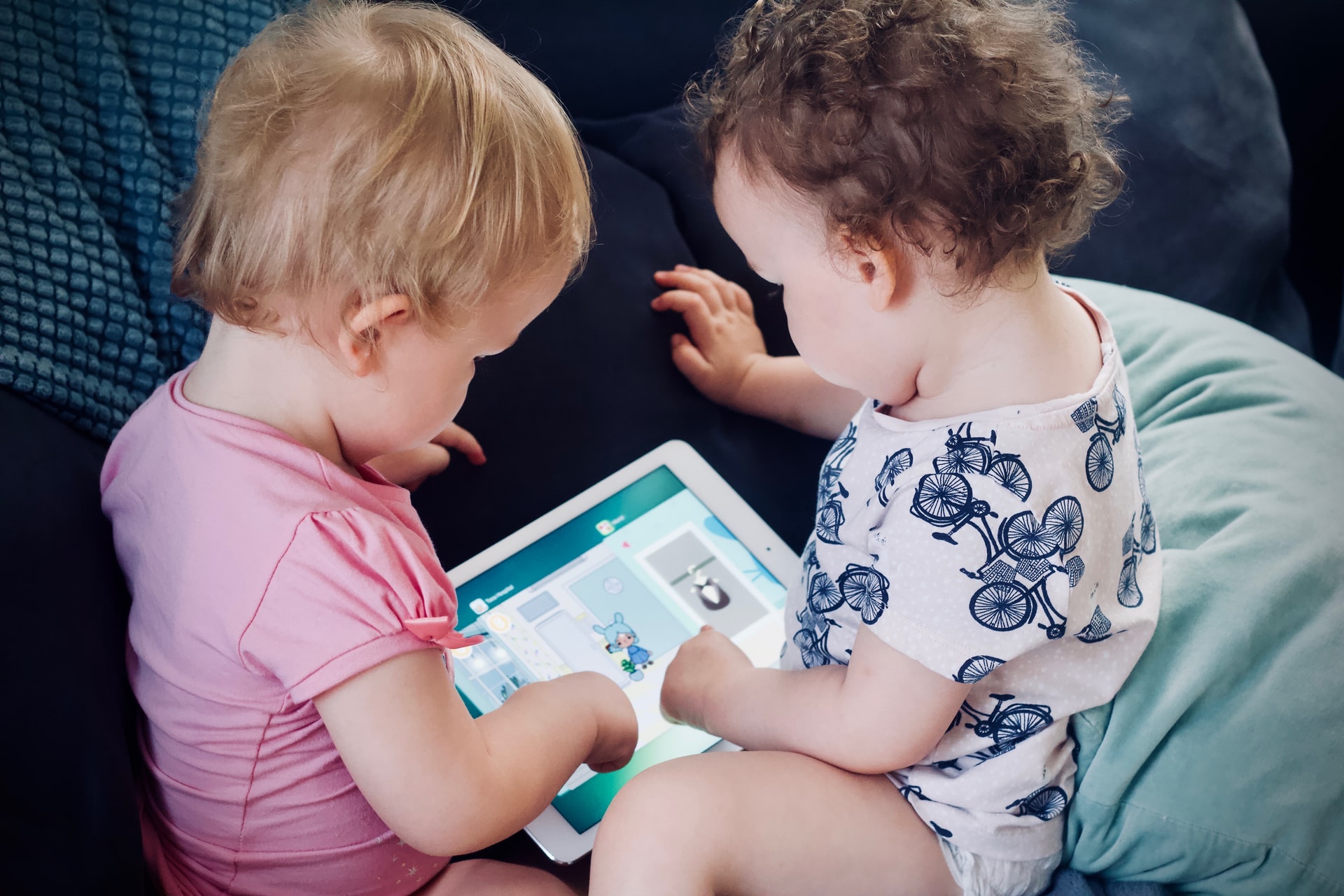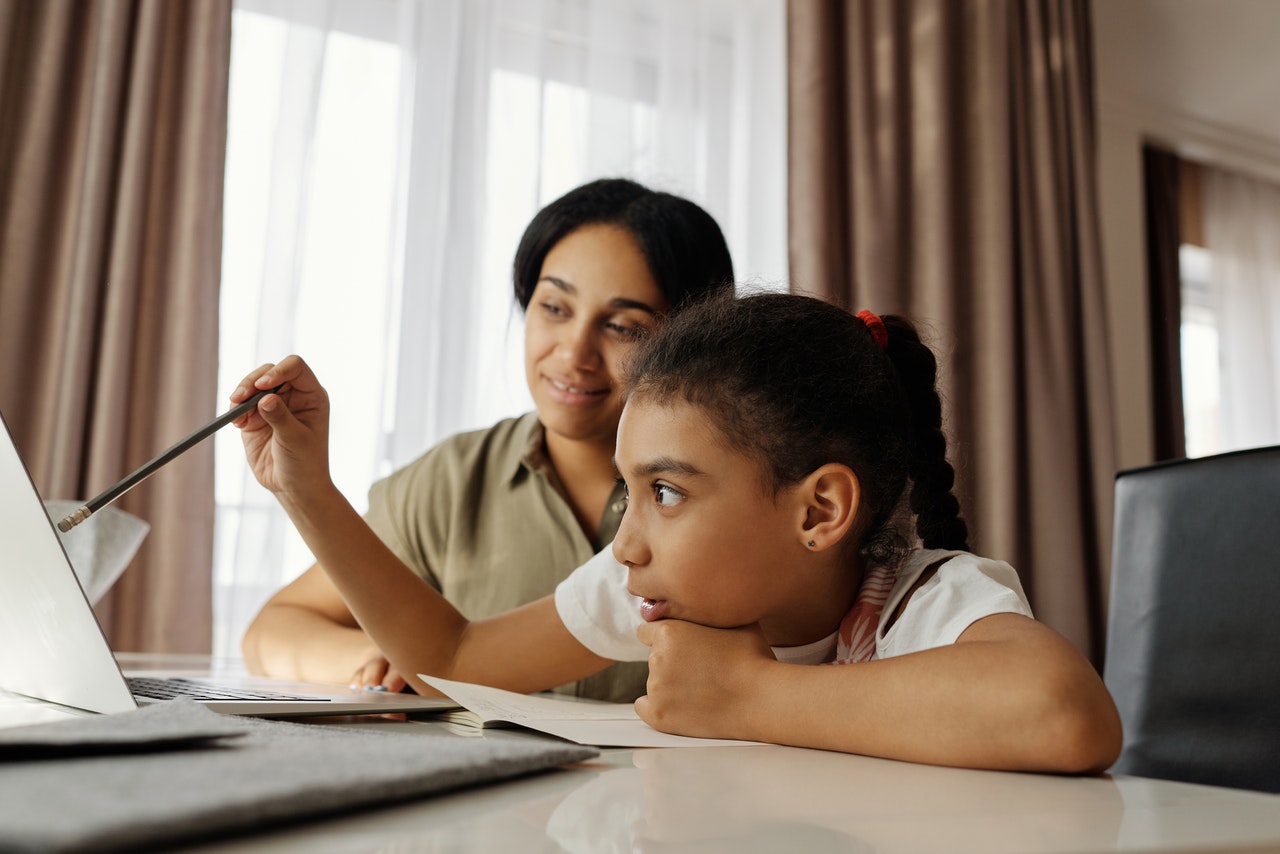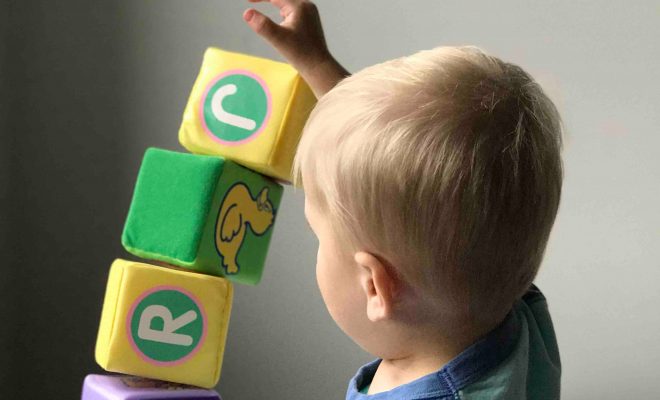Learning Experiences to Improve Social-Emotional Development: An Age-by-Age Guide (Birth to 5)

Social-emotional development includes the capacity of a child to manage his emotions, understand the feelings of others and build relationships with people, both kids of their age and adults. It is a very important aspect of the life of a child.
The activities listed below are simple ways to boost your child’s social-emotional development from birth to age 5
Birth to 12 Months
You should be responsive to your baby’s needs to enable them to have a sense of comfort, safety, and trust. Continually send messages that signal that your baby is loved and cherished. That way, you demonstrate delight in them.
At their most difficult times, always be patient with your baby. You show them that they can trust and depend on you for their needs.
Always show your baby affection, and give them lots of hugs and kisses.
Set out routines for your baby to establish safety and confidence in them.
Within the first year of having your baby, create a secure attachment with them. Always let your kids know they are loved, and they can trust you to care for them and meet their needs.
12 Months to 24 Months
Shower praises on your kids when they are successful at something. Let them know you are proud of them for trying and not giving up.
Sometimes give your child some time to figure out a problem on their own to foster their independence.
Teach your child self-control and the act of sharing. You can play games to teach this.
Whenever your child gets upset or feels inconvenient waiting a turn, distract or redirect them, seeing as they can’t resolve conflict through talking yet.
Continue setting out routines for your child, giving them a sense of safety and security.
24 Months to 36 Months
Read emotional books to your child and engage them in conversation. Play with them to explore their feelings. Act out emotions using puppets and toys. Explain to your child that negative emotions are okay but should be expressed in healthy ways. You can teach them to draw an angry face with a crayon.
Teach your child empathy. An example is this; Lindsey looks sad because her mum just left. Let’s see if she wants to play with us. Let your child know their behavior can affect others. Acknowledge your child’s emotions and identify with them. If they’re waiting for their turn and feeling troubled, you can say, “I know you’re feeling frustrated because it’s not your turn yet, don’t worry. You’ll be called soon.”
Handle situations better when your child does anything wrong.
Set rules and express them in simple words your child can understand. Explain the need for those reasons and requests.
Don’t just praise outcomes, praise effort. Continue supporting your child’s developing skills.
4 Years to 5 Years
You should begin explaining the concept of personal space to your child.
Continue to teach my child empathy. Ask how you might feel in some scenarios.
Find new ways to strike conversations, attract someone’s attention, and handle other scenarios.
Have sit-downs with your child about their emotions and work out possible solutions when something goes wrong.
Expression is a big deal. Your child deserves the opportunity to express their emotions through art, singing, dancing, and acting.
Putting some of the items in this list can improve your child’s social-emotional, enabling them to manage emotions and interact well with others.






